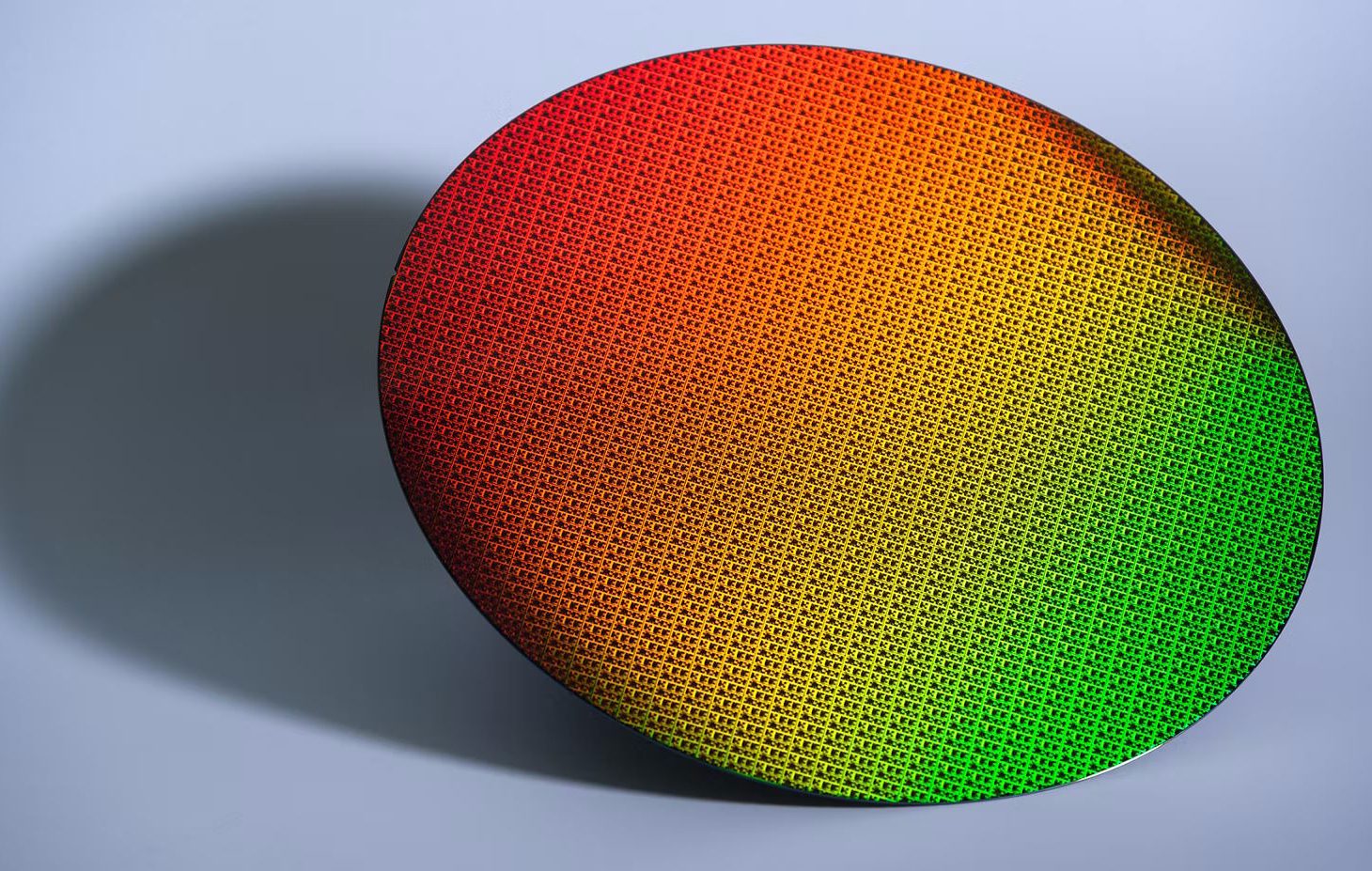Intel scraps the 20A node and turns to TSMC
- September 6, 2024
- 0
Intel is scrapping its 20A node and will bake its Arrow Lake chips with the help of rival TSMC. This move must be cost-effective while accelerating the transition
Intel is scrapping its 20A node and will bake its Arrow Lake chips with the help of rival TSMC. This move must be cost-effective while accelerating the transition

Intel is scrapping its 20A node and will bake its Arrow Lake chips with the help of rival TSMC. This move must be cost-effective while accelerating the transition to 18A.
Intel is scrapping its 20A (2nm) production node. Intel’s Arrow Lake processors, scheduled for release later this year, were originally scheduled to roll off the 20A production line. Intel has also always claimed that 20A is on schedule. Now the company announces that the 20A node will be scrapped and TSMC will mainly produce Arrow Lake.
Arrow Lake is a variant of the newly introduced Lunar Lake and is based on the same core architecture for the P and E cores. Lunar Lake is the power-efficient variant that will compete with the Snapdragon Elite chips, while Arrow Lake will produce the more classic laptop and desktop processors.
Switching from one manufacturer’s production hub to another is usually not very realistic. However, Intel is already working with TSMC on Lunar Lake. Given the close similarities, the chip designer can now switch from Intel 20A to TSMC N3B quite smoothly.
Intel is selling the cancellation of Intel 20A as good news. The reason is that work on Intel 18A is going so smoothly that there is little need for 20A other than Arrow Lake. By shifting all resources to Intel 18A, Intel hopes to be ready sooner.
Intel Foundry, which outsources Intel’s factory capacity to third parties, has some customers ready for 18A, but not really 20A. Intel claims that the 18A band is already running today and on track for mass production in the future.
Nevertheless, there are conflicting signals in the market. For example, it was recently leaked that Broadcom, as a potential 18A customer, is not yet achieving the expected returns.
In any case, the fact that Intel is abandoning 20A is a surprising move. The entire current generation of chips is built at Intel’s major fab competitor, and this is unique in the company’s history.
Source: IT Daily
As an experienced journalist and author, Mary has been reporting on the latest news and trends for over 5 years. With a passion for uncovering the stories behind the headlines, Mary has earned a reputation as a trusted voice in the world of journalism. Her writing style is insightful, engaging and thought-provoking, as she takes a deep dive into the most pressing issues of our time.